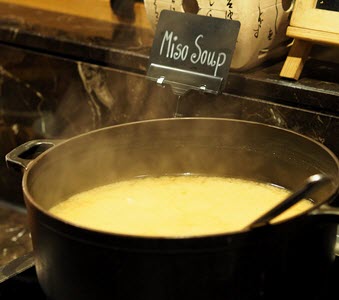Advice on Handling Food Cool Down
Posted on 10th Apr 2018

A problem many cooks and food service professionals must grapple with, is how long to allow just-cooked food to cool down safely (sometimes referred to as the “chill down”) before placing it in a refrigerator or freezer for storage.
If food cools too slowly, bacteria can build up that can cause food poisoning. If the food is placed in a refrigerator or freezer while it is still hot, it can warm the temperature of the unit and, in turn, possibly spoiling the other food in the unit.
Further, it can raise the temperature in the fridge. This can potentially cause bacteria to build up in other food items stored in the fridge and create condensation and water pooling.
So, how can we avoid putting hot food items in the fridge too soon, but also ensure food items cool just long enough so that harmful bacteria does not build up?
Among the options are the following:
- If your commercial kitchen prepares large amounts of hot food items that must be cooled, one option is to select a blast chiller. As the name implies, a blast chiller cools down food very quickly, preventing bacteria from developing. The food is then rendered safe for storage in the freezer or refrigerator.
- Cook food in smaller portions, allowing it to cool down quicker.
- Place pots and pans of hot food items in containers of cold water; this will also cool food quickly.
- If possible, stir food while it is cooling. This will help speed cooling and help ensure the food cooks more evenly.
Accuracy Matters
Another option is to find out how long it takes different types of food items to cool after it has been cooked. This way you know more precisely how long to leave food items out to cool. If each food item is prepared the same way using similar sized pots and pans, and room temperatures remain the same, in most cases you will only need to do this once.
The best way to accomplish this is to, first, take just-cooked food out of the oven or off the burner and use a thermometer to test the temperature. The Hawk system, distributed by DayMark, is perfect for this test with its digital thermometers that can measure and monitor food temperatures.
These thermometers work much faster and are far more accurate than traditional thermometers. Plus, all temperature information is stored and can be viewed on the system’s user-friendly dashboard, easily making it part of a kitchen food safety management system. This also eliminates the need for pen and paper. (Click here to see the system in action).
After checking the temperature, test the temperature again at regular intervals. Be sure and use a clean probe with each test.
Here’s more information on the Hawk Safety Temperature Monitoring Bundle . For more information or a free demonstration, call 866.517.0490.


